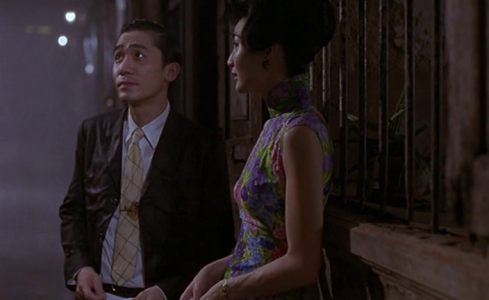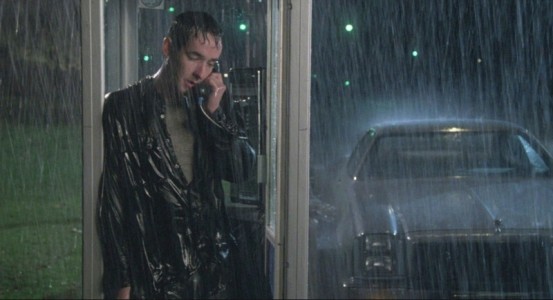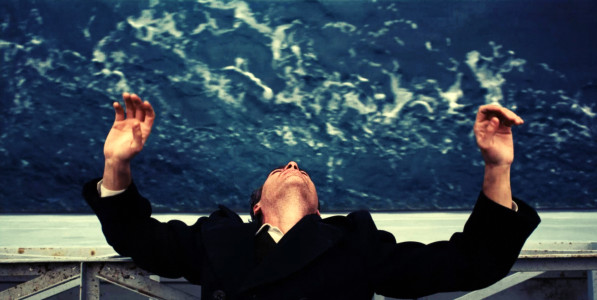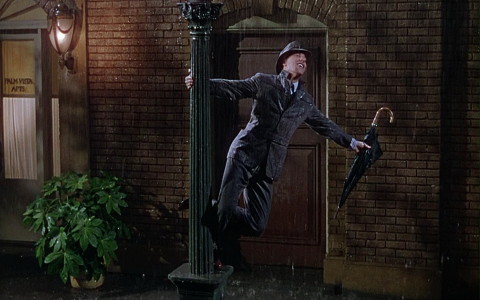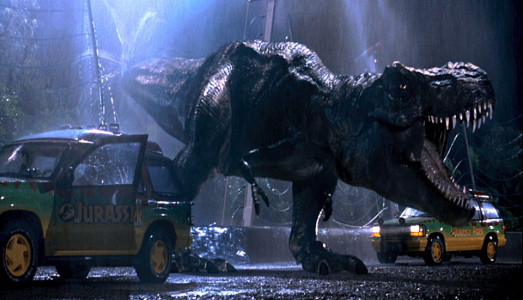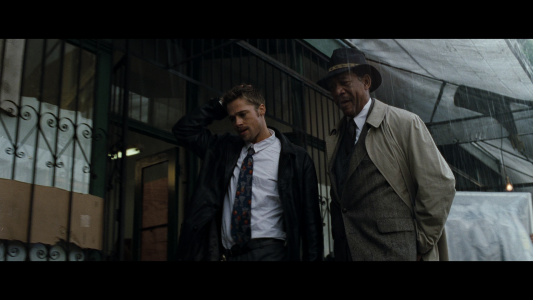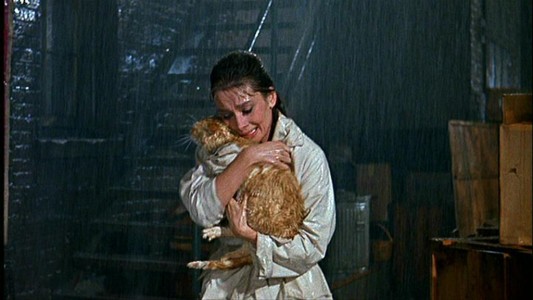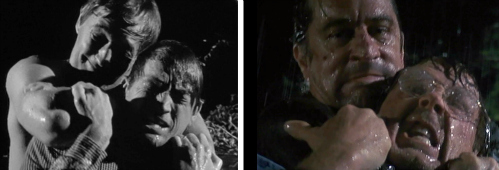Cinema. It’s pretty natty. Whilst some of nature’s more irrational activities can be nothing but a bore in real life, when they’re put on screen they take on a new life of their own. It is apparent that, as long as it’s not interfering with us directly, we quite like to watch freak weather. Although cinema has championed some of the biggest storms and eruptions ever witnessed before, it is the rain shower which it returns to again and again. There’s something about the sudden onslaught of water from the heavens which instantly elevates any scene beyond its earthly status and what, in reality, would result in many expletives, somehow turns the figures onscreen into something more than human.
What are the best on film, though? Umbrellas at the ready, we’re about the plunge into the deep end of rainy films.
In the Mood for Love
Wong Kar Wai’s tentative tale of a lost love is an achingly beautiful film and no more so than in the slow motion scenes in the rain. Depicting simply the trip of two characters to their local rice seller, the scenes are charged with the unspoken affection they both feel for each other. Both married to cheating partners, they turn to each other when they have no-one left to talk to. Whilst they never act on their feelings, it is the rain which brings them closer together, enabling them to begin to enact their desires.
Say Anything
The film that made the world fall in love with John Cusack, Say Anything may be the best teen romance film ever. After having been brutally dumped by his high school girlfriend, Cusack’s Lloyd Dobler calls his sister from a pay phone. Cue torrential downpour. When you’re sad, sometimes you just need to world to rain down in a sort of cosmic symmetry.
Magnolia
Paul Thomas Anderson’s 3 hour film follows a group of disparate and yet interconnected people over the course of one night. Whilst it rains for the entirety of the film, it is the musical climax of the narrative in which the water really goes to town on us. Culminating in a non-narrative musical interlude in which the characters sing along to Aimee Mann’s Wise Up, Magnolia uses the rain as a plot device, bringing its disparate strings together.
Psycho
Would the events of Psycho ever have taken place were it not for the rain storm? I don’t know but I think it’s pretty unlikely. When Marion Crane gets trapped in a rainstorm, the distant lights of the Bates Motel seem like a beacon of hope on the horizon. The water runs throughout Marion’s entire stay and what started out as the cause of her stopping soon washes away her very existence.
Singin’ in the Rain
Rain isn’t just a device used for intense drama, however and in Singin’ in the Rain, it is the catalyst for mischief and dancing. In the film’s most famous scene, Gene Kelly uses the rain to his advantage, pairing up with the watery streets in an extended song and dance sequence. The rain only serves his good mood and proves that, in some cases, you should just embrace what nature serves you.
Jurassic Park
The trembling of water has never been quite as terrifying as it is in Jurassic Park. The film uses the weather to literary effect, promising bad things to come as the park is plunged into the night and the rain. The watery setting only makes the dinosaurs more terrifying; in the slippery undergrowth, it’s even harder to outrun the escaped beasts. In the storm, the park ceases to function as normal, the inefficiency of the technology proof that where man and nature fare, the wild always has the upper hand.
Se7en
The blacks in Se7en are unlike any I have ever seen before; director David Fincher creates a film world so sinister and dark that it seems to bleed onto the very film stock. The rain in the film is almost unrelenting, adding an almost permanent darkness to the urban spaces on screen. The film’s conclusion, by contrast, takes place under practically blinding sunlight, blanching the landscape of any warmth. In its contrasting states, the world of Se7en is equally harsh and it’s hard to determine which weather system is worse.
Breakfast at Tiffany’s
The will-they-won’t-they love story which was never meant to be finds its ending amidst a sudden rain storm. Audrey Hepburn’s infuriatingly flippant Holly Golightly seems to breeze her way through every sticky situation and when she announces that she will be upping stick from New York and moving to Brazil, it’s hardly surprising. Driving to the airport in a rain storm with her romantic interest, Paul Varjak, Holly suddenly throws her cat from the car, only to instantly regret it. As the two hunt to locate the animal, they find themselves in one another’s arms, finally. The rain seems to wash away Holly’s pretentions, allowing her to follow her heart to Paul.
Cape Fear
Cape Fear ends in a fight scene under the rain which has served all outdoor fight scenes since. Lawyer Sam Bowden comes face to face with Max Cady, the criminal who has been stalking him, in a dramatic and stormy climax. The pair’s fight in the rain has now become somewhat iconic in cinema and the battle between good and evil in a storm can be found across cinematic narratives since. The rain heightens the dramatic tension of the scene and, by shifting the cinematic perspective of the world on screen, allows the underdog to triumph and vanquish the evil enforcer. In this case, the rain turns the cinematic world on its head and when that happens, only the unexpected can be expected.
In cinema, rain is a charged act. In the dark, characters can strip their inhibitions, reenact their desires and find a part of themselves who they had lost. Until the storm ends, it’s anyone’s game and the possibilities seem to lie endlessly open.


